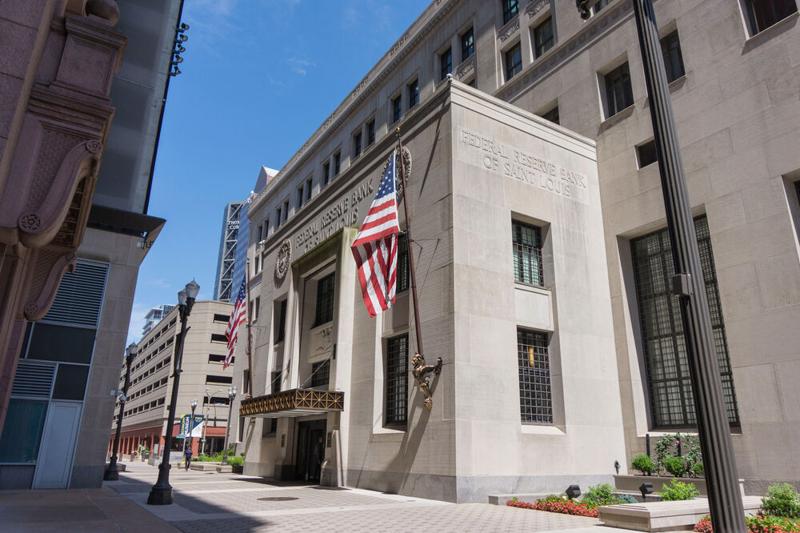(The Center Square) – Missouri’s unemployment increased last month but remains low and is a positive indicator of avoiding a recession, according to Federal Reserve Bank of St. Louis leaders.
The Federal Reserve substantially increased interest rates during the past year to reduce inflation to an annual target of 2% by slowing the economy. When borrowing money is more expensive, individuals and businesses make spending adjustments.
However, raising interest rates increases the risk of an economic recession, resulting in higher unemployment. Wages increase during a tight labor market and can influence prices.
Missouri’s Department of Higher Education and Workforce Development reported the state’s unemployment rate increased by two-tenths of a percentage point in October, rising from 2.9% to 3.1%. The rate was four-tenths of a percentage point higher than last year’s October report.
Missouri’s October rate was eight-tenths of a percentage point lower than the national rate of 3.9% unemployment. For more than eight years, Missouri’s unemployment rate has been at or below the national level.
“About a year ago, I was cautiously optimistic that we’d be able to engineer a soft landing,” Mark Wright, senior vice president and economist at the Federal Reserve Bank of St. Louis, said earlier this week during an annual pre-Thanksgiving webinar. “And one of the pleasant surprises of the year is that the data has come in very positively. Inflation has come down a significant amount and so far the unemployment rate remained low. It seems like we’re still close to meeting our objective of maximum employment. So that’s been a very pleasant surprise. And if nothing else happens, I think we’re in good shape moving forward.”
Missouri’s non-farm payroll increased by 5,600 jobs from September to October. Total payroll employment grew by 41,300 jobs during the last 12 months with the largest gain in the education and health services category (17,200).
In a speech to financial executives in Kentucky earlier this month, Kathleen O’Neill, the interim president and CEO of the Federal Reserve Bank of St. Louis, said there were 1.5 jobs available for every unemployed person in the nation in September. While down from a peak of two job openings per person in 2022, she said reports show labor supply and demand are “continuing to become better aligned. For example, firms are telling us that it’s easier to fill open positions than it was a year ago, and that wages are not rising as fast.”
While data doesn’t foreshadow a recession, Wright said several factors could lead to economic instability.
“It’s especially hard to do in an environment where things are happening all around the world that we don’t control,” Wright said. “… Further declines in geopolitical events might lead to big rises in oil prices that would make it hard to hit our inflation target. So the bumps are always there and it’s always hard to see what’s coming. But we seem to be in good shape right now and we’re optimistic we can get there.”







